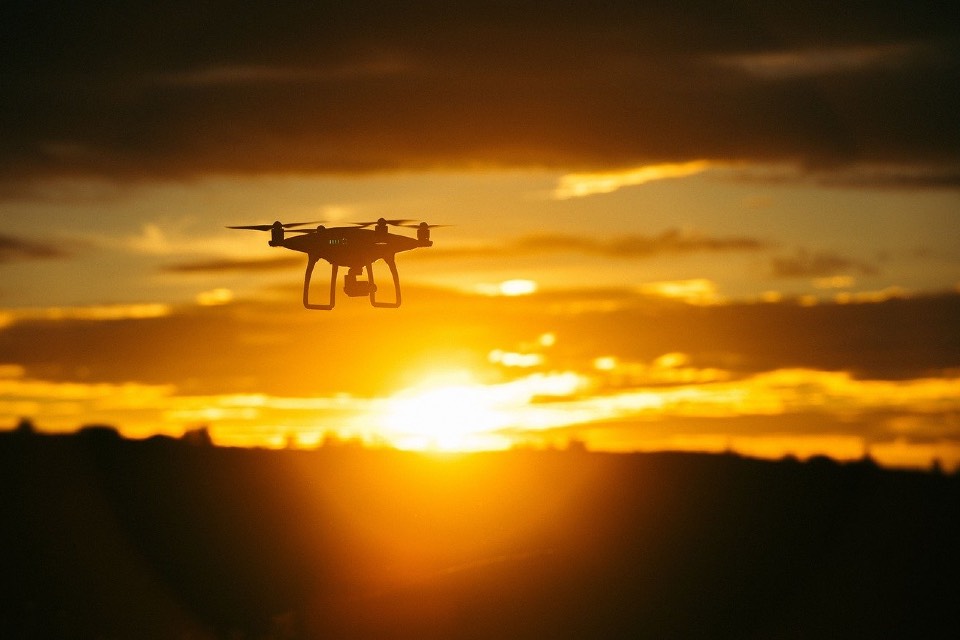The influx of established aerospace, automotive and technology companies into the urban air mobility (UAM) market, backed by technological advancements and government initiatives, is expected to drive the air taxi market.
According to research from Frost & Sullivan, Air taxi operations are forecast to commence in 2022 in the Middle East and grow at a compound annual growth rate (CAGR) of 45.9% to reach 430,000 units in operation globally by 2040.
“The United Arab Emirates (UAE), New Zealand, and Singapore are expected to be the first adopters of air taxis, while Brazil and Mexico, too, will be early adopters by leveraging their helicopter taxi expertise,” said Joe Praveen Vijayakumar, Mobility Senior Industry Analyst at Frost & Sullivan. “Globally, almost 50 cities are considering the feasibility of UAM, and most of the applications are focused on cargo drones, which will eventually open up the market for passenger UAM vehicles.”
Frost & Sullivan’s report, Analysis of Urban Air Mobility and the Evolving Air Taxi Landscape, 2019, studies the current trends in the UAM market and how they are likely to evolve. It assesses the need for these vehicles, vehicle models, application areas, key players for inter- and intra-city taxi services, and presents strategic recommendations.
“Safety, noise levels from propulsion, infrastructure for landing and take-off in urban areas, and favorable regulations will be key focus areas for the commercialization of air taxis,” said Vijayakumar. “Original equipment manufacturers will be looking to especially invest in hybrid fuel systems, lightweight high-strength composite materials, and alternative energy sources such as solar and lightweight high-capacity batteries to achieve fuel efficiency and longer range.”
With the increase in the number of UAM vehicles, there will be a range of growth opportunities for support services such as pilot training, servicing, repairing, and maintenance. Frost & Sullivan says UAM companies can optimally tap the market by:
- Incorporating multiple fail-safe mechanisms in their vehicles to instill confidence in potential passengers.
- Collaborating with companies developing innovative next-generation rotors and propellers that can muzzle sound.
- Establishing the support infrastructure, including landing and take-off stations, passenger waiting lounges, and landing pads, in residential buildings.
- Developing internal cybersecurity capabilities or acquiring cybersecurity start-ups to safeguard their vehicles.
Analysis of Urban Air Mobility and the Evolving Air Taxi Landscape, 2019 is part of Frost & Sullivan’s global Automotive & Transportation Growth Partnership Service program.




